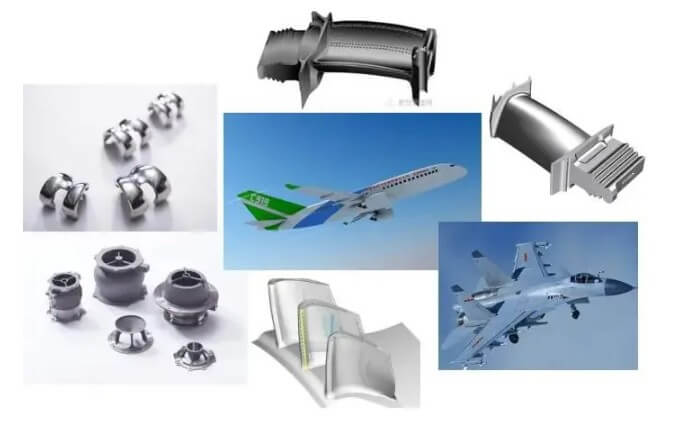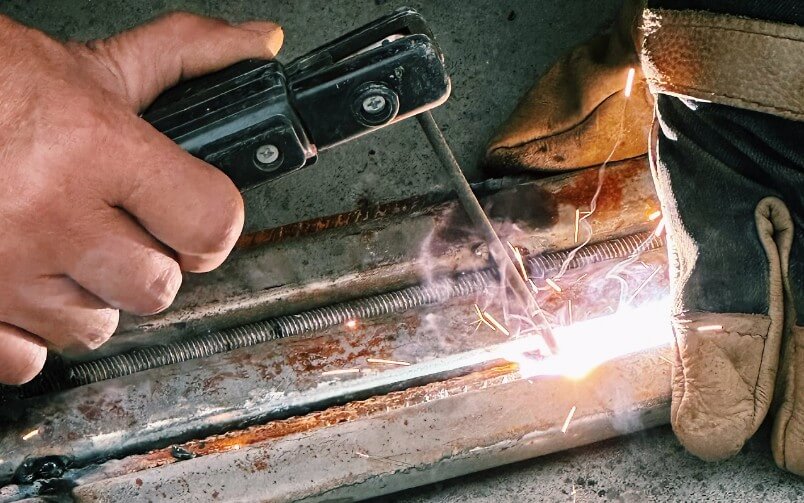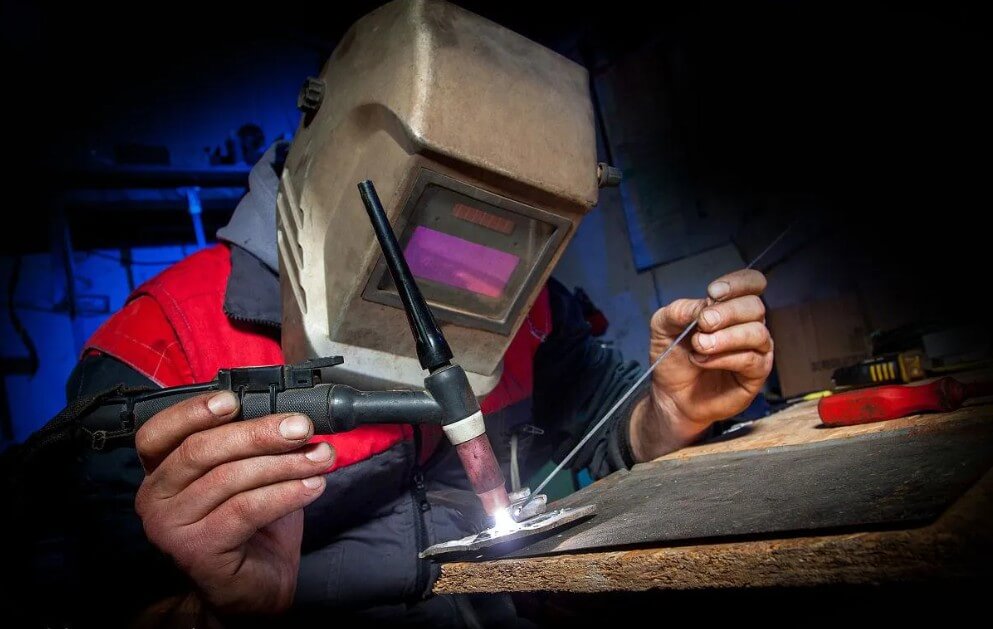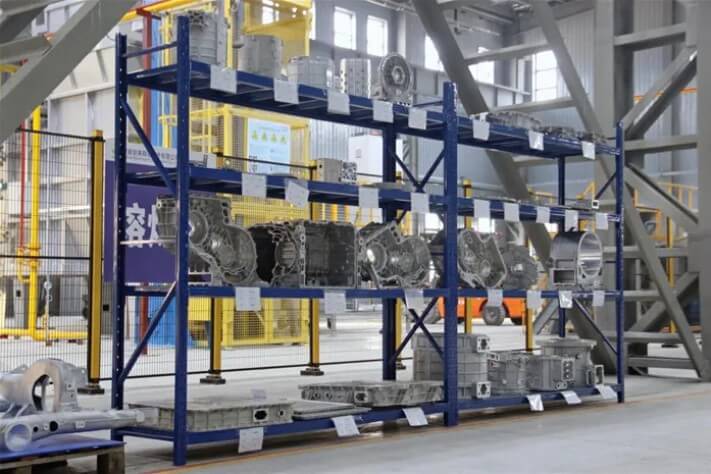Defense investment castings: advantages, requirements and applications
Defense investment castings, as an indispensable key component of the modern defense industry, play a vital role in ensuring national security with their unique manufacturing process and excellent performance. This article will discuss the advantages, product requirements, application areas and achievable complex performance of defense investment castings.
1.Basic concepts and advantages of defense investment castings
(1) Principles of investment casting production
Investment casting first involves making a mold, usually using wax-based or resin-based materials, and obtaining an accurate model through a pressing process. After the model is made, it is coated with refractory materials and sanded to enhance the strength and stability of the shell. After the shell is dried and hardened, it is heated to melt the wax pattern and flow out to form a cavity, i.e., the shell. The shell is roasted at high temperature to further enhance its refractory properties. Finally, the molten metal liquid is injected into the shell, and after cooling and solidification, the shell is broken and cleaned to obtain the final casting.
(2) Advantages of defense investment castings over ordinary castings
1) High dimensional accuracy and surface finish:
Investment casting can achieve high dimensional accuracy (CT4-6 grade) and low surface roughness (Ra1.6~3.2μm), which means that the castings require little or no machining after processing, thus saving processing costs and time.
2) Ability to manufacture complex-shaped castings:
The investment casting process can produce castings with complex shapes, including parts with narrow grooves, fine holes and fine patterns, which are difficult to achieve with traditional casting methods.
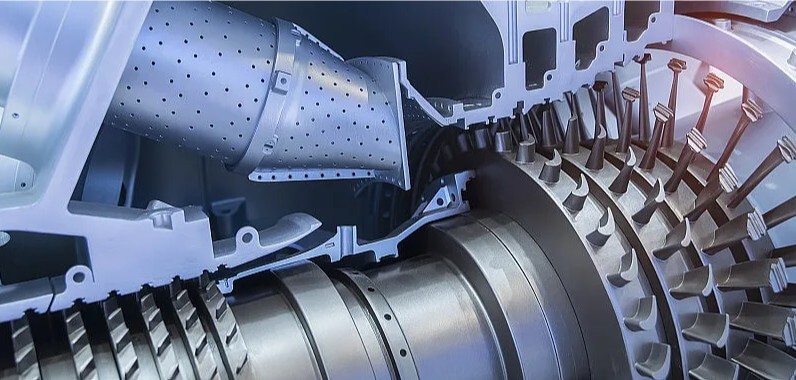
3) Material diversity:
Investment casting is suitable for a variety of alloy materials, including carbon steel, alloy steel, stainless steel, copper alloy, aluminum alloy, high-temperature alloy and titanium alloy, which makes it widely used in the defense industry.
4) Production flexibility:
The investment casting process can adapt to different batch production, whether it is single piece, small batch or large batch production, it can maintain high production efficiency and quality stability.
5) Weight reduction:
Due to the high precision of the investment casting process, parts with more optimized structures can be designed, thereby reducing the weight of the parts, which is of great significance for the lightweighting of defense equipment.
6) Cost-effectiveness:
Although the initial investment of investment casting is high, in the long run, the overall cost-effectiveness is high due to the reduction of machining and material waste, as well as the improvement of production efficiency.
2.Analysis of requirements for defense investment castings
As key components, the quality of defense investment castings is directly related to the performance and reliability of defense equipment. The following will analyze the requirements for castings from the aspects of material selection, dimensional accuracy, surface quality, internal defects and mechanical properties:
(1) Material selection
Defense investment castings usually require the use of high-strength and high-toughness alloy materials, such as high-temperature alloys, titanium alloys and stainless steel. These materials need to maintain stable performance under extreme conditions, so there are strict requirements on the chemical composition and purity of the materials. For example, some high-temperature alloys require strict control of the content of elements such as carbon, silicon, manganese, phosphorus and sulfur to ensure the creep resistance and oxidation resistance of the material in high temperature environments.
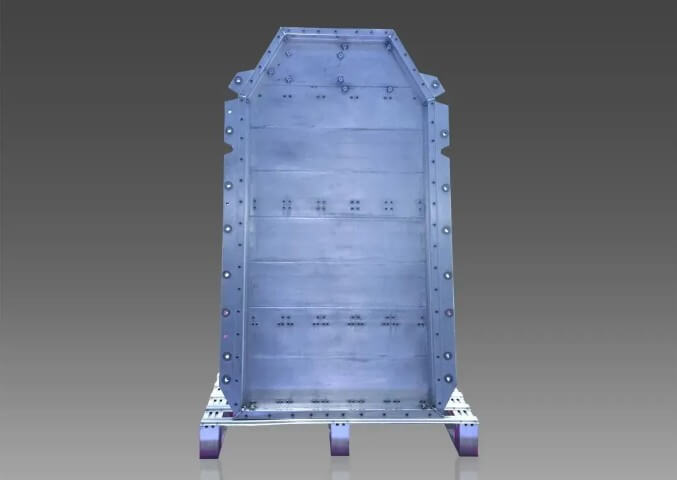
(2) Dimensional accuracy
Defense equipment has extremely high requirements for the dimensional accuracy of parts and components. Any slight deviation may cause the equipment to malfunction or degrade performance. Therefore, defense investment castings need to strictly control dimensional tolerances, usually requiring CT4 to CT7 level accuracy. In addition, for parts with special requirements, additional processing and testing may be required to ensure that the dimensional accuracy meets the design requirements.
(3) Surface quality
The surface quality of the casting directly affects its service life and reliability. Defense investment castings require a smooth surface without defects such as cracks, pores, and slag inclusions. The surface roughness is usually required to be between Ra1.6 and Ra12.5, and the specific value depends on the use requirements of the parts. In addition, for some key parts, surface treatment such as polishing and shot peening may be required to improve surface quality and fatigue resistance.
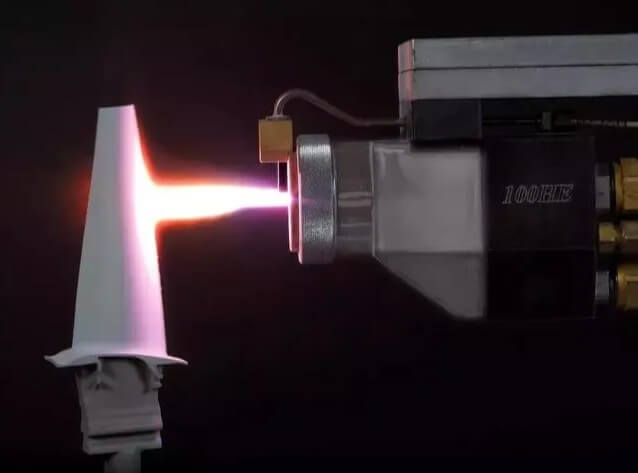
(4) Internal defects
Internal defects such as shrinkage, looseness, and cracks will seriously affect the mechanical properties and reliability of the casting. Therefore, defense investment castings need to undergo strict internal quality inspections, such as X-ray inspection and ultrasonic inspection, to ensure that there are no internal defects. For large and complex castings, simulation and optimization design may be required to reduce the occurrence of internal defects.
(5) Mechanical properties
Defense equipment will be subjected to various complex loads during service, so there are strict requirements on the mechanical properties of its components. Defense investment castings need to meet certain mechanical performance indicators such as tensile strength, yield strength, elongation and impact toughness. For example, some carbon steel castings require tensile strength of not less than 200MPa, yield strength of not less than 400MPa, and elongation of not less than 25%.
(6) Other requirements
In addition to the above requirements, defense investment castings may also have some special requirements, such as high temperature resistance, corrosion resistance, and oxidation resistance. These requirements need to be determined according to specific application scenarios. For example, some aircraft engine components need to work under high temperature, high pressure, and high-speed rotation conditions, so there are extremely high requirements for the high temperature resistance and fatigue resistance of their materials.
3.Key application points of defense investment castings
Defense investment castings are a type of precision casting parts, which are widely and critically used in the defense industry. The following are some of its important applications in the defense industry:
(1) Aircraft engine parts:
Investment casting can produce aircraft engine parts with complex geometries and high precision requirements, such as turbine blades, combustion chambers, etc. These defense investment castings must be resistant to high temperatures and corrosion.
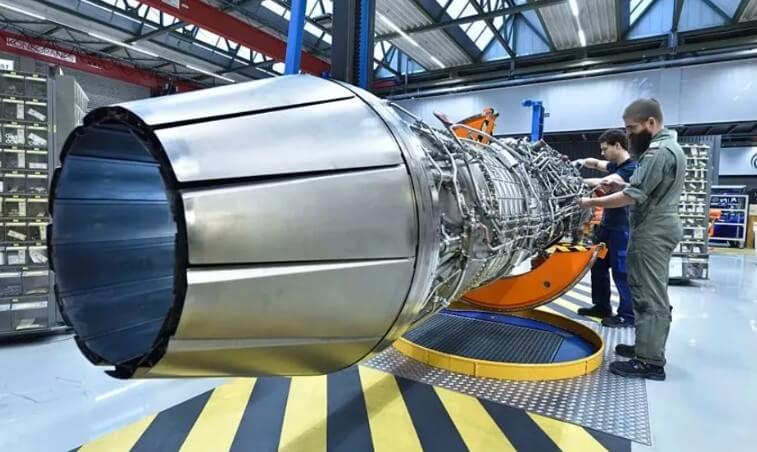
(2) Missile structural parts:
Investment casting is used to produce complex structural parts such as missile bodies and tail fins in missile manufacturing. These defense investment castings usually need to have the characteristics of high strength, light weight and high precision.
(3) Tank and armored vehicle parts:
Investment casting is used to produce tank and armored vehicle parts such as transmission system parts and suspension systems. These parts need to withstand high loads in harsh environments, so defense investment castings with high strength and durability are required.
(4) Ship propulsion system parts:
Investment casting is used to produce key components of the propulsion system in ship manufacturing, such as propellers and rudder blades. These defense investment castings require strict corrosion resistance and impact resistance.
(5) Artillery and firearms parts:
Investment casting is used to produce complex parts of artillery and firearms, such as barrels and bolts. These defense investment castings need to have high strength, high precision and good surface finish.
(6) Electronic equipment housings and structural parts:
Investment casting is used to produce housings and structural parts of defense electronic equipment, such as radar antenna covers and electronic compartment shells. These defense investment castings usually need to have good electromagnetic shielding performance and structural strength.
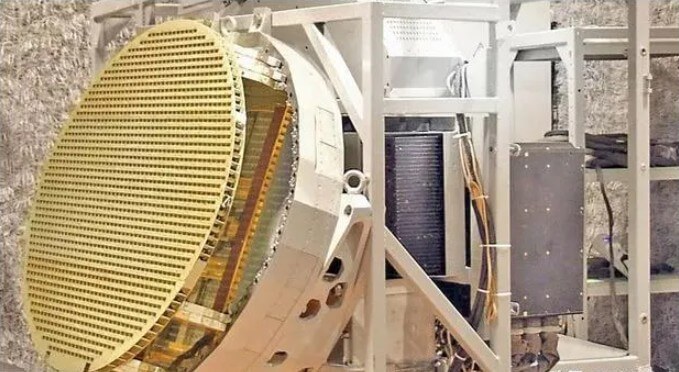
4.What complex shapes of defense parts can be made by investment casting?
Investment casting can process defense parts with a variety of complex shapes that may be difficult to achieve with traditional processing methods. The following are some typical examples:
(1) Hollow blades:
Investment casting can produce hollow blades with complex cooling channels. These blades are key components of high-temperature and high-pressure equipment such as aircraft engines and gas turbines.
(2) Integral frame:
Through investment casting, multiple parts can be integrated into an integral frame, reducing the assembly workload and improving the integrity and reliability of the structure.
(3) Complex shells:
Such as missile shells, aircraft frames, etc., these shells usually have complex internal structures and external contours, and investment casting can achieve their precise molding.
(4) Special-shaped parts:
For example, parts with special curved surfaces, grooves, bosses and other structures, investment casting can achieve high-precision molding.
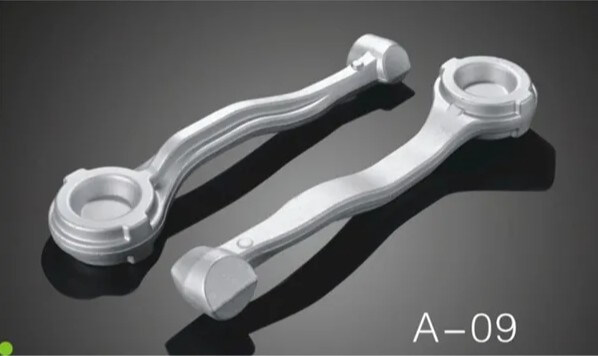
(5) Precision instrument parts:
Such as inertial navigation system components such as gyroscopes and accelerometers, these defense investment castings often have extremely high requirements for dimensional accuracy and surface quality.
5.Conclusion
Investment casting technology, by using fusible (soluble) primary molds and primary molds (cores), as well as coating slurry shells, can produce complex castings with high dimensional accuracy and low surface roughness. This process feature enables defense investment castings to maintain stable performance under extreme conditions and meet special requirements such as high mobility and high reliability. Whether it is the key components of aircraft engines or the core components in the fields of ship power systems, investment castings play an irreplaceable role.

